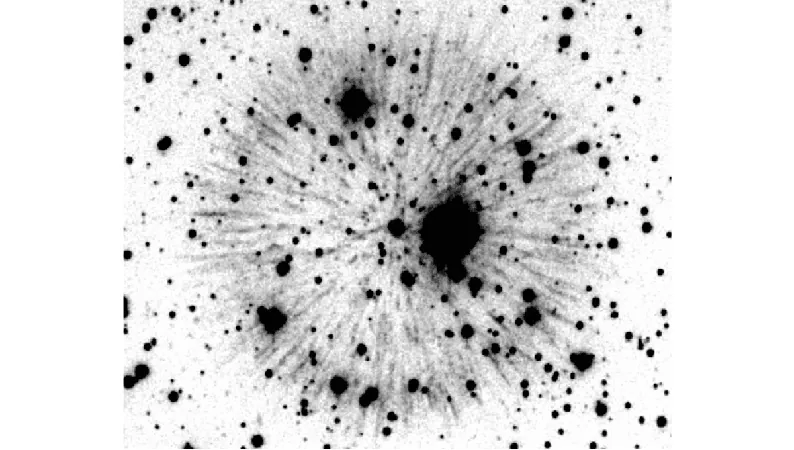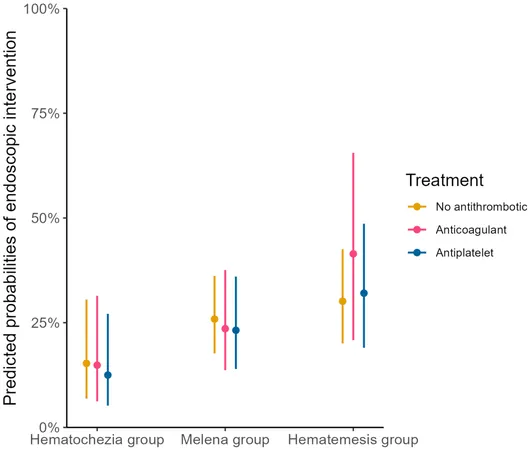
Eternal Legacy: How Saladin's Poetry Unveils the Secrets of a Celestial Event
2025-09-22
Author: Siti
A Stellar Mystery from the Past
In the years 1181 and 1182, stargazers in China and Japan reported a 'guest' star dazzling the northern sky before fading into obscurity. Modern astronomers have grappled with whether this phenomenon was a nova or a supernova. Remarkably, just 12 years ago, amateur astronomer Dana Patchick stumbled upon an oddly shaped supernova remnant in Cassiopeia, reigniting fascination about its connection to this ancient observation.
A Hidden Clue in Poetry
For years, the absence of reports from European or Middle Eastern astronomers led researchers to believe the temporary star went unnoticed elsewhere. However, a reevaluation of a poem celebrating the legendary Sultan Saladin has unearthed a tantalizing hint that it may have been acknowledged in Egypt and possibly throughout the Arab world.
Ibn Sana’ al-Mulk's Ode to Saladin
Poets often shower praise on their patrons, and in the case of Saladin—a ruler who founded a dynasty, pioneered hand grenades, and triumphed over the Third Crusade—the admiration reaches euphoric heights. Ibn Sana’ al-Mulk penned a poem in his honor, now a celebrated piece of Arab literature, which intriguingly alludes to a new star birthed by Saladin's accomplishments.
Decoding the Celestial Reference
This 56-verse poem isn't just a casual mention; the appearance of the star is a central theme in the first 16 verses. Lines like, '…thanks to your justice, now even the stars in the sky have increased in number,' hint at something astronomical.
The Timing Conundrum
Initially, scholars dated the poem to 1186 or later, interpreting its star reference as astrological rather than astronomical. However, J. G. Fischer from the Universität Münster and his team propose that it was crafted during one of Saladin's visits to Egypt in 1181-82. The poem refers to the star as a signet ring on 'The Dyed Hand,' an image resonating deeply with Arab constellations, contrasting the ancient Greek depictions.
A Star Brighter Than the Rest?
The poem indicates this star shone brighter than others in Cassiopeia. Japanese astronomers likened it in brightness to Saturn, which is significantly more luminous than many stars. If Fischer's interpretation is correct, it raises exciting possibilities about the supernova's intensity.
The Scientific Implications of Ancient Accounts
Both the remnants of the supernovae from 1006 and 1181 showcase them as 'double-degenerate' Type Ia supernovae, resulting from the fusion of two white dwarfs. These events play a crucial role in understanding the universe's expansion.
Valuable Insights from Historical References
The details found in Ibn Sana’ al-Mulk's work reinforce existing accounts from China and Japan but leave the door open for further discoveries. History shows that European chroniclers often dismissed phenomena they couldn't comprehend—a tendency that may still obscure the full tale of this cosmic spectacle.
Unlocking Ancient Wisdom
This research, now accessible in Astronomical Notes, highlights the invaluable insights ancient poetry can provide in understanding celestial events. As we dive deeper into history, every stanza may just lead us to uncover more about our universe.





 Brasil (PT)
Brasil (PT)
 Canada (EN)
Canada (EN)
 Chile (ES)
Chile (ES)
 Česko (CS)
Česko (CS)
 대한민국 (KO)
대한민국 (KO)
 España (ES)
España (ES)
 France (FR)
France (FR)
 Hong Kong (EN)
Hong Kong (EN)
 Italia (IT)
Italia (IT)
 日本 (JA)
日本 (JA)
 Magyarország (HU)
Magyarország (HU)
 Norge (NO)
Norge (NO)
 Polska (PL)
Polska (PL)
 Schweiz (DE)
Schweiz (DE)
 Singapore (EN)
Singapore (EN)
 Sverige (SV)
Sverige (SV)
 Suomi (FI)
Suomi (FI)
 Türkiye (TR)
Türkiye (TR)
 الإمارات العربية المتحدة (AR)
الإمارات العربية المتحدة (AR)